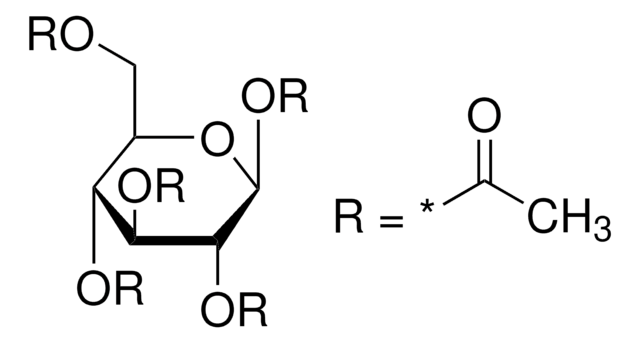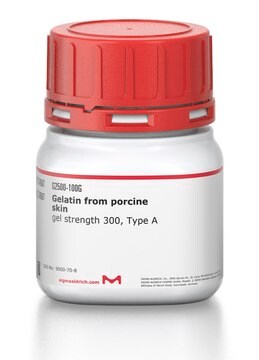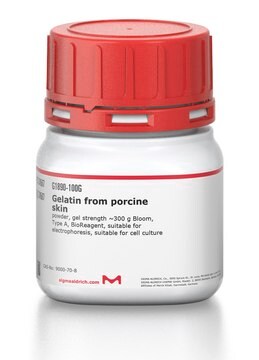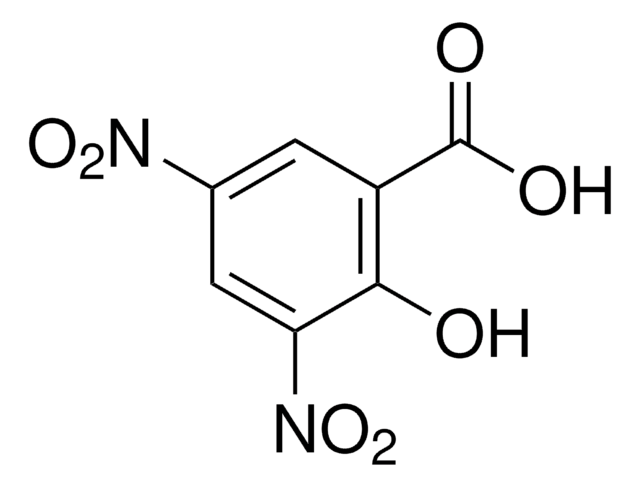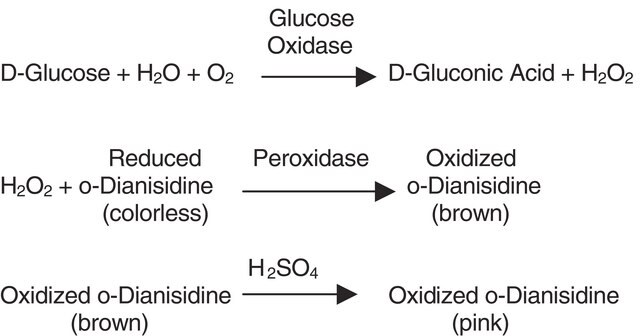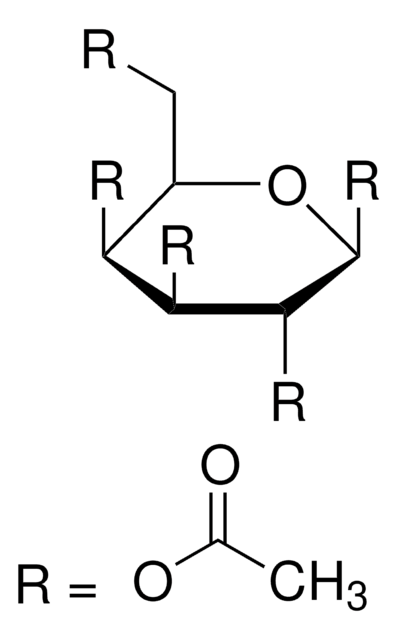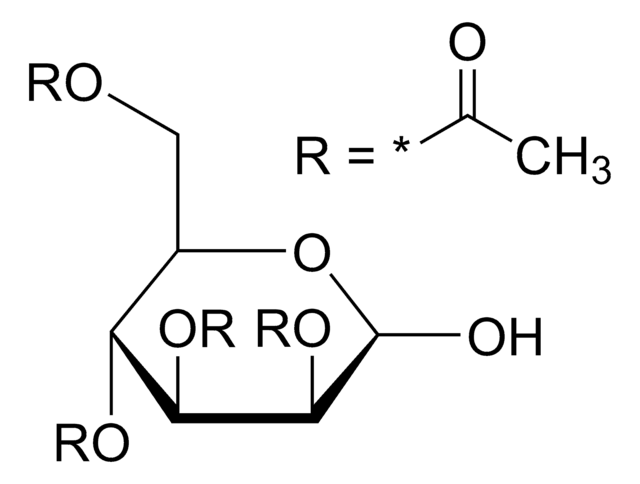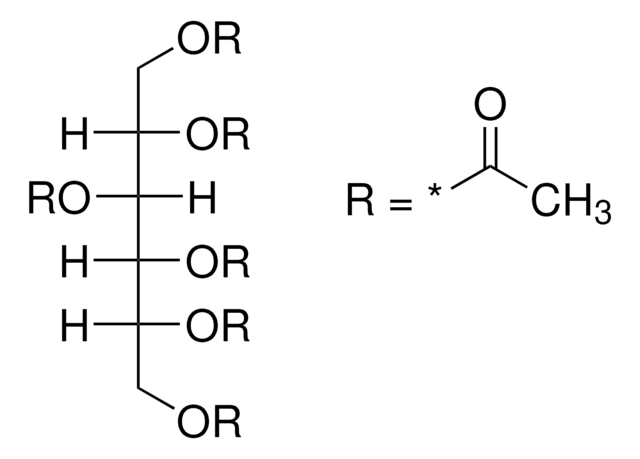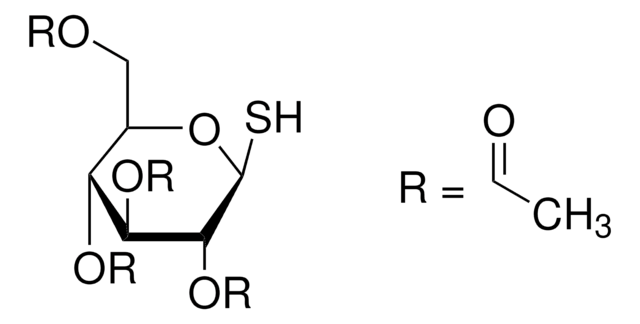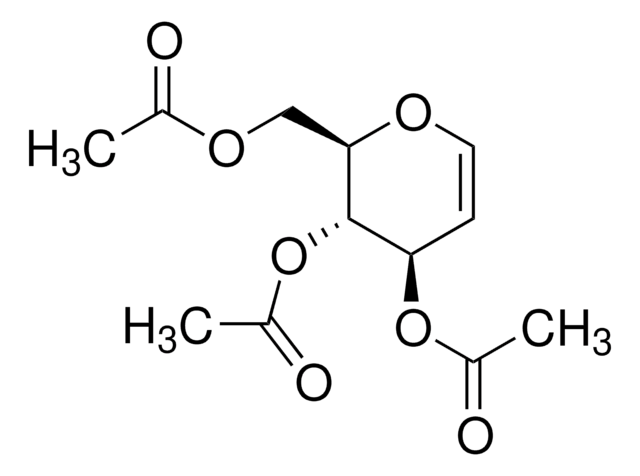Kluczowe dokumenty
G2354
α-D(+)-Glucose pentaacetate
99%
Synonim(y):
1,2,3,4,6-Penta-O-acetyl-α-D-glucopyranose
About This Item
Polecane produkty
Poziom jakości
Próba
99%
aktywność optyczna
[α]20/D ≥+98°, c = 1 in ethanol
mp
109-111 °C (lit.)
ciąg SMILES
CC(=O)OC[C@H]1O[C@H](OC(C)=O)[C@H](OC(C)=O)[C@@H](OC(C)=O)[C@@H]1OC(C)=O
InChI
1S/C16H22O11/c1-7(17)22-6-12-13(23-8(2)18)14(24-9(3)19)15(25-10(4)20)16(27-12)26-11(5)21/h12-16H,6H2,1-5H3/t12-,13-,14+,15-,16+/m1/s1
Klucz InChI
LPTITAGPBXDDGR-LJIZCISZSA-N
Szukasz podobnych produktów? Odwiedź Przewodnik dotyczący porównywania produktów
Opis ogólny
Zastosowanie
Hasło ostrzegawcze
Warning
Zwroty wskazujące rodzaj zagrożenia
Zwroty wskazujące środki ostrożności
Klasyfikacja zagrożeń
Skin Sens. 1A
Kod klasy składowania
11 - Combustible Solids
Klasa zagrożenia wodnego (WGK)
WGK 3
Temperatura zapłonu (°F)
Not applicable
Temperatura zapłonu (°C)
Not applicable
Środki ochrony indywidualnej
Eyeshields, Gloves, type N95 (US)
Wybierz jedną z najnowszych wersji:
Masz już ten produkt?
Dokumenty związane z niedawno zakupionymi produktami zostały zamieszczone w Bibliotece dokumentów.
Klienci oglądali również te produkty
Nasz zespół naukowców ma doświadczenie we wszystkich obszarach badań, w tym w naukach przyrodniczych, materiałoznawstwie, syntezie chemicznej, chromatografii, analityce i wielu innych dziedzinach.
Skontaktuj się z zespołem ds. pomocy technicznej